In the past few years, home workouts have gone from being a fad it’s now a trusted, efficient, and practical means of maintaining fitness. Whether you’re attempting to do away with gym memberships, don’t have time to commute, or simply prefer exercising at home, the best home gym workouts provide a wonderful alternative for any fitness level.
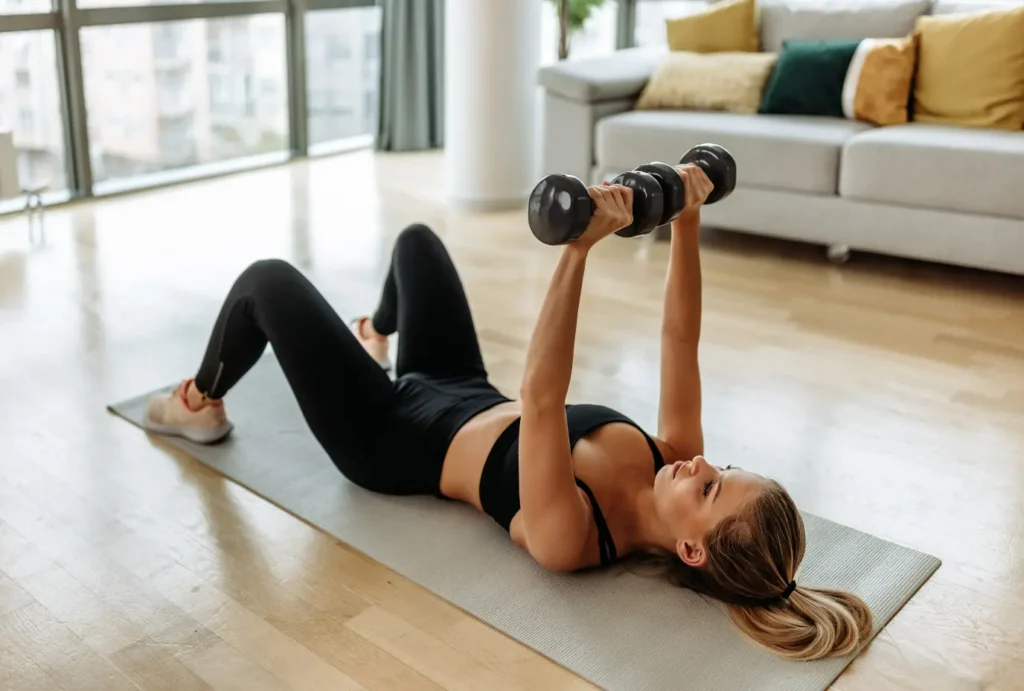
Let’s see how and why home workouts are a game-changer, the most important exercises to do, and how you can design an efficient workout routine with no equipment.
Why Home Workouts Are a Game-Changer
1. Total Convenience
Another massive benefit of home workouts is that they’re incredibly convenient. You can work out at any time that’s convenient for you—early in the morning, during the lunch break, or late at night. There’s no worry about gym timetables or long-distance commutes.
This flexibility is particularly useful for individuals with busy schedules, uneven work shifts, or family commitments. You save time, miss traffic, and get rid of excuses!
2. Privacy and Comfort
Not everyone is self-assured about going to the gym, particularly if you’re just beginning. Home workouts are private. No judgy stares. No waiting for a treadmill or bike. You can work out in an area where you feel comfortable and relaxed. That ease can translate into more regular workouts, and that’s what gets you results.
Bodyweight Exercises You Can Do Anywhere
You don’t have to invest in complicated gear or a best home gym system to gain strength and endurance. With your own body weight, you can engage every major muscle group. Here’s how:
Bodyweight Exercises You Can Do Anywhere
You don’t have to invest in complicated gear or a home gym system to gain strength and endurance. With your own body weight, you can engage every major muscle group. Here’s how:
Upper Body Strength
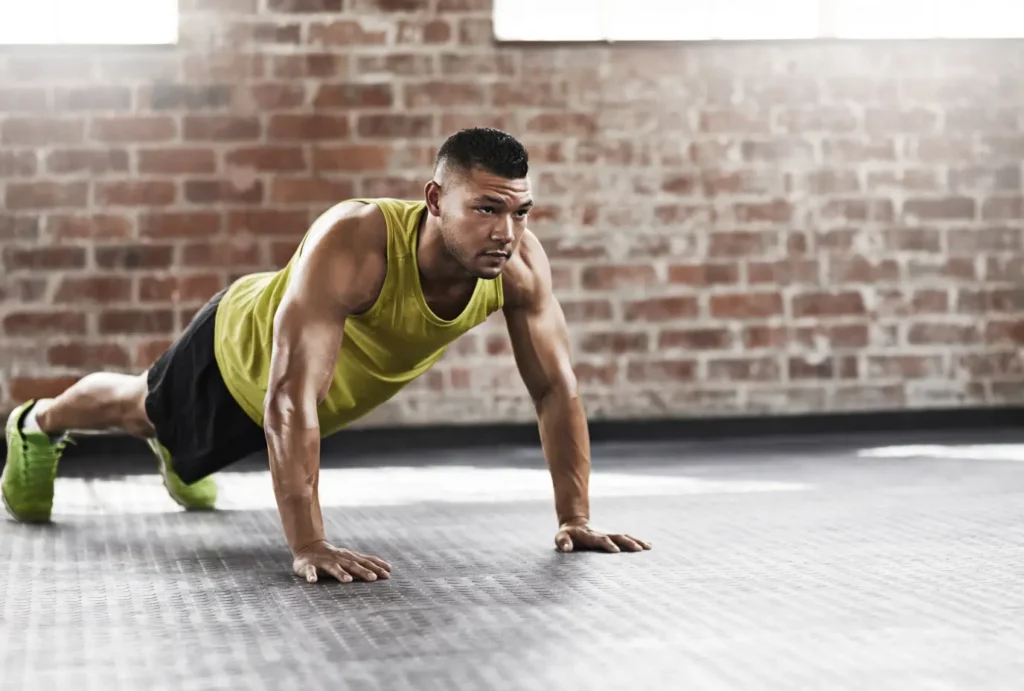
Begin with push-ups—ironic name, yes, but they’re a classic for a reason. They engage your chest, shoulders, triceps, and even your core. If you’re just starting out, begin with knee push-ups until you develop enough strength.
As you are getting stronger, attempt more advanced versions such as:
1. Hand-release push-ups: Lie flat, raise your hands for a moment off the ground, then push back up.
2. Renegade rows: In a plank position, raise each arm above your head at a time, contracting your back muscles.
Lower Body Strength
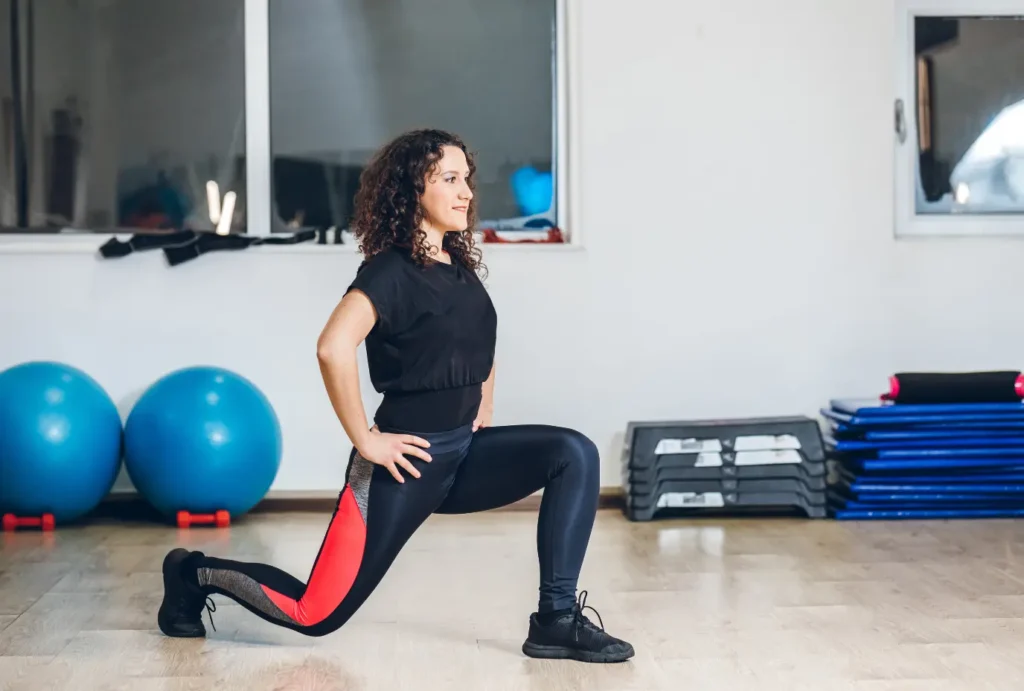
Bodyweight squats are also a great way to strengthen your legs and glutes. Just keep your form in check: feet slightly wider than hip-width, back straight, knees tracking in line with the toes.
Need to gain confidence with squats? Practice chair squats. Sit back and lightly touch a chair, then stand up again. Reverse lunges add to improving balance and working each leg separately.
Core Strength
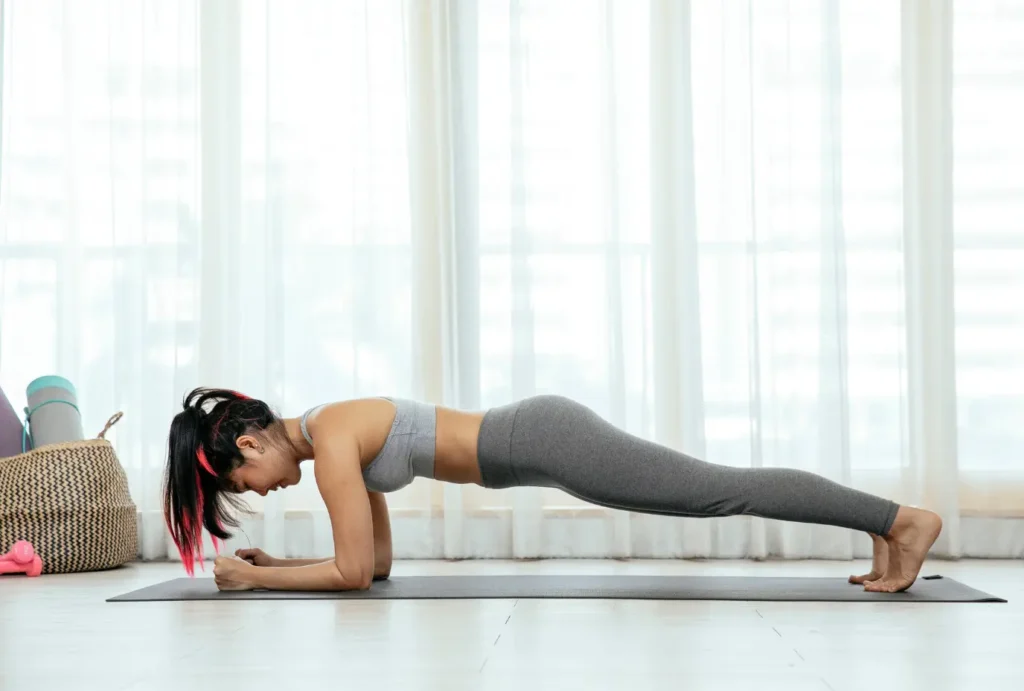
A good core assists with all the movement you do. Start with forearm planks, keeping your body in a straight line from heels to head. Begin with 10–30 seconds and work your way up to holding longer.
Other good choices:
1. Bird dog: From hands and knees, stretch out opposite arm and leg. Assists with balance and stability.
2. Mountain climbers: Excellent for core and cardio—push your knees towards your chest in a high plank.
Home Workout Routines That Work
Circuit Training
Circuit exercises put multiple exercises together in a row with minimal or no rest. They get your heart rate elevated and work multiple muscle groups.
Here’s a speedy example circuit:
10-15 squats
10-20 push-ups
15-15 Supermans (lie on stomach and lift arms and legs)
20 crunches
Do this 5–10 times based on your fitness level. Tweak each exercise for intensity—for instance, rise up onto your toes after squats or switch hand positions on push-ups.
HIIT (High-Intensity Interval Training)

Short on time? Use HIIT! This approach consists of high-intensity bursts of effort interrupted by short rests.
Example:
1. 30 seconds jumping jacks
2. 15 seconds rest
3. 30 seconds burpees
4. 15 seconds rest
5. 30 seconds mountain climbers
Repeat for 10–20 minutes
HIIT burns calories quickly and maintains your metabolism fired up even when you’re finished.
Beginner Tips
Don’t think too much if you’re a beginner. Go for:
1. 2 sets of 10–15 reps per exercise
2. 30–60 seconds of rest between movements
3. 2–3 workouts per week
Focus on basics such as bridges, knee push-ups, chair squats, and planks. Gradually build your reps or introduce variations as you get further along.
Consistency is more important than intensity early on. Begin gradually, be regular, and increase the intensity over time.
How Long Should a Home Workout Be?
Depend on your aims and availability. A complete workout may take 45–60 minutes, but if you are short of time, a 15–20-minute workout applying HIIT can work just as well.
More valuable than time is consistency. Three dedicated workouts per week are better than one extended session every few weeks.
No Equipment? No Problem!
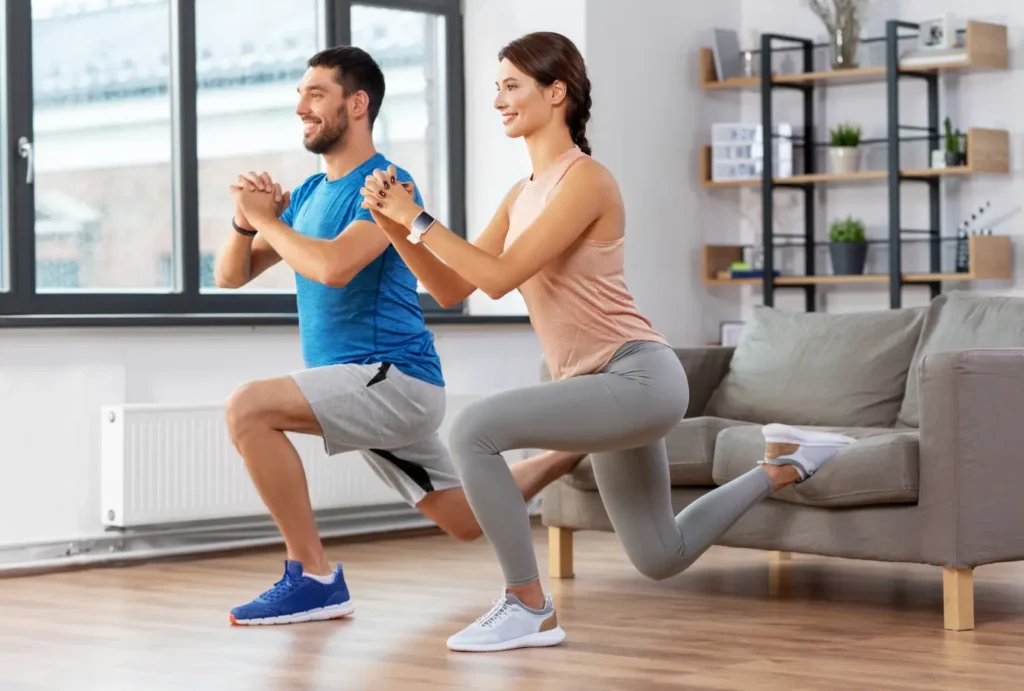
Home workouts don’t need costly equipment. Your body is the optimal tool you have. Push-ups, squats, lunges, and planks can all be adjusted to fit your level. Create challenge by reducing the tempo, attempting single-leg variations, or adding reps.
You can also add yoga poses to enhance flexibility and balance, making your workout well-rounded.
Final Thoughts
Home workouts are easy, versatile, and surprisingly effective. You don’t have to have a gym membership to get fit—you just need motivation, some space, and a good plan. With the right combination of bodyweight exercises, consistent effort, and positive attitude, you can reach your fitness objectives from the comfort of home.
So whether you’re an exercise newbie or simply in search of a time-saving alternative, try working out at home. You’d be surprised at how well they work and how much fun you can have.
